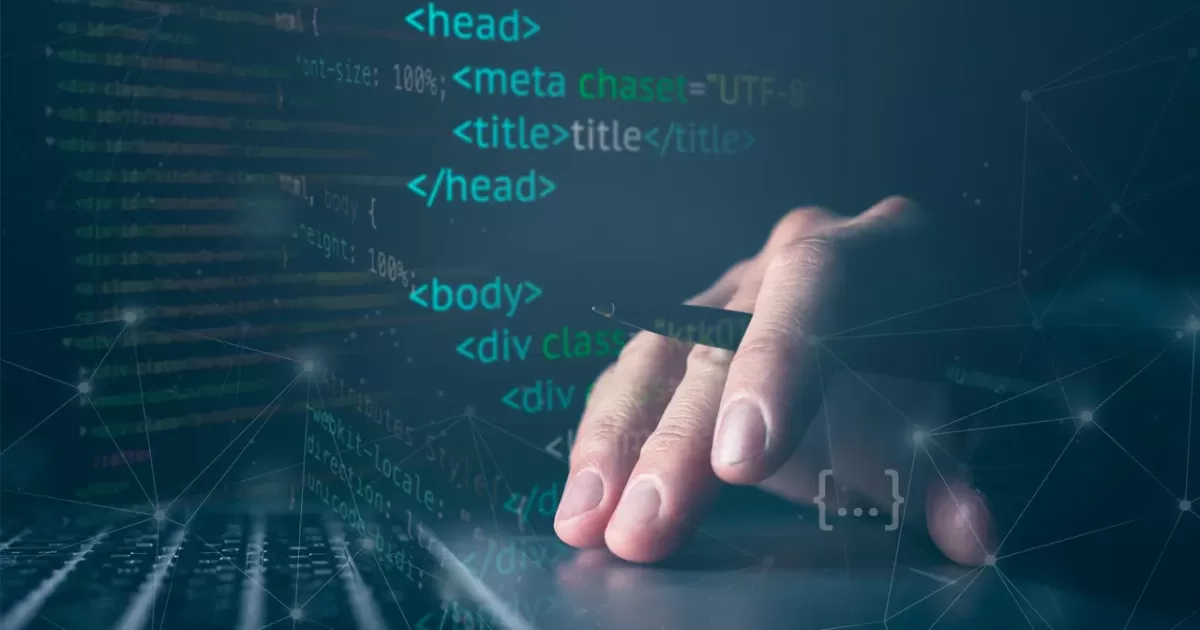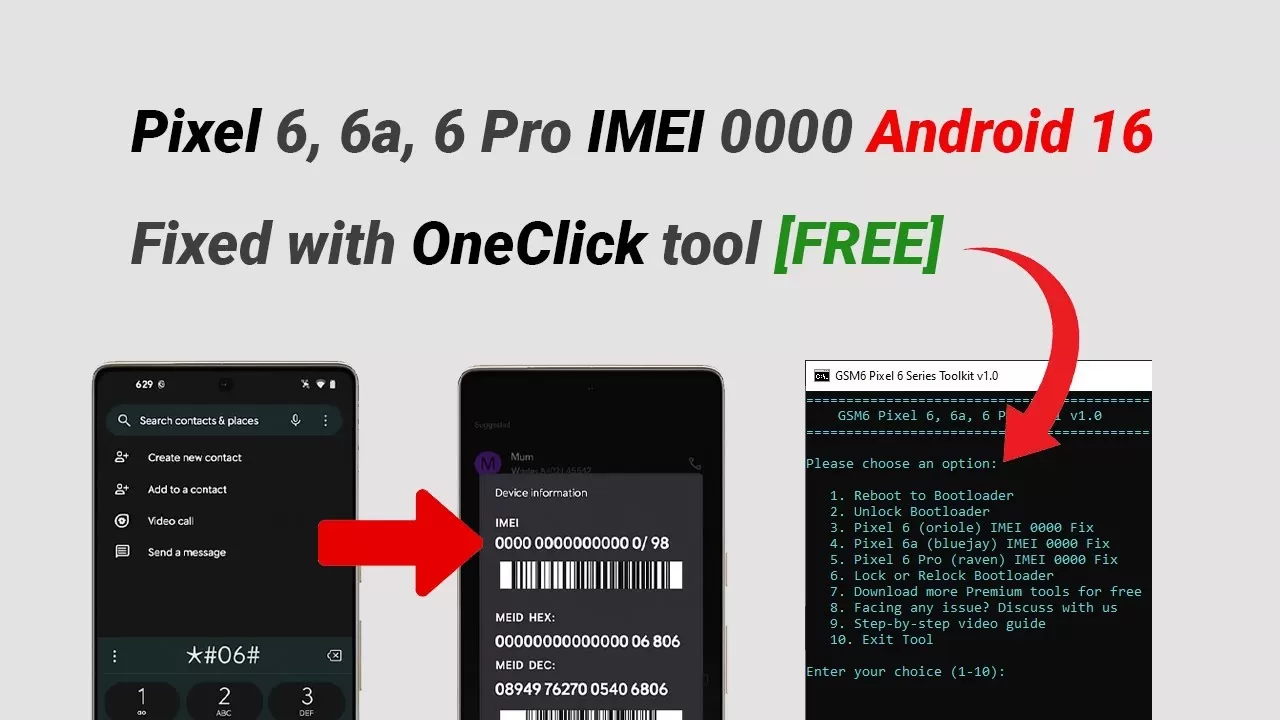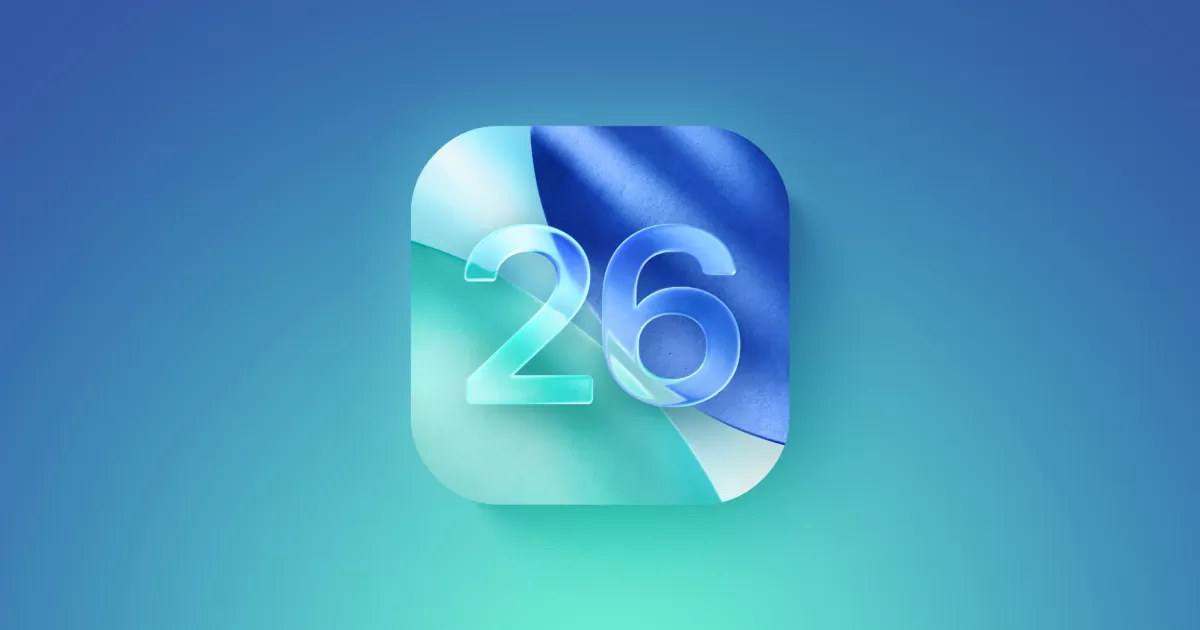
Latest Programming Languages to Learn in 2025
🚀 Latest Programming Languages to Learn in 2025
In the fast-evolving world of technology, staying ahead of the curve isn’t just a competitive advantage—it’s essential. Whether you're a developer aiming to sharpen your skill set, a student planning your career path, or an entrepreneur curious about what powers tomorrow’s software, knowing which programming languages to focus on can shape your journey in 2025.
In this article, we’ll explore the programming languages making the biggest impact this year—based on trends, developer demand, performance, and relevance to modern technologies like AI, cloud, and blockchain.
💡 Why It’s Crucial to Pick the Right Language
Technology doesn’t wait. The languages in demand today might be replaced tomorrow. Choosing the right one can open doors to high-paying roles, groundbreaking projects, and future-proof opportunities. More importantly, it empowers you to build faster, smarter, and more secure software.
🔥 Top Programming Languages to Learn in 2025
- Python – Continues to dominate in data science, AI, automation, and education. Its simplicity and massive ecosystem make it ideal for beginners and experts alike.
- Rust – Growing rapidly due to its unmatched memory safety, speed, and versatility. Backed by companies like Microsoft and Meta, it’s a solid bet for system-level and WebAssembly development.
- TypeScript – Enhances JavaScript with strong typing, making large-scale frontend (and even backend) development more reliable. A favorite in the enterprise and open-source community.
- Go (Golang) – Developed by Google, known for its speed, simplicity, and concurrency. Perfect for building scalable backend systems, APIs, and cloud-native tools.
- Swift – With Apple expanding into spatial computing and Vision Pro, Swift continues to be vital for building immersive apps across iOS and new Apple platforms.
- Kotlin – JetBrains' modern alternative to Java, officially endorsed by Google for Android development. It's also making headway in server-side programming.
- Julia – A high-performance language tailored for scientific computing, numerical analysis, and machine learning. Rapidly gaining traction in academic and research environments.
📈 Honorable Mentions
While they may not be topping every chart, these languages hold niche value and are worth exploring depending on your interests:
- Dart (with Flutter) – For cross-platform mobile and desktop app development. Flutter is now used by major brands like BMW and eBay.
- Elixir – Excellent for building scalable, fault-tolerant systems. Backed by the robust Erlang VM, it’s ideal for real-time apps like chat and messaging systems.
- Zig – A promising low-level language designed to be a modern alternative to C. It’s attracting attention for embedded systems and game development.
🔍 What’s Driving These Trends?
The surge in AI adoption is pushing Python and Julia to the forefront, while the need for safe and performant system code is fueling Rust’s rise. TypeScript continues to shine as modern web applications demand stricter, scalable codebases. Meanwhile, Go’s clean syntax and blazing speed make it a preferred choice for cloud infrastructure and DevOps teams.
Hiring platforms and GitHub data both point to increased demand for these languages in production-level projects across sectors like fintech, healthcare, education, and more.
🎯 How to Decide What to Learn
The best programming language is the one that aligns with your goals. Ask yourself:
- What kind of projects do I want to build? (Web apps, AI models, mobile apps, etc.)
- Which industries do I want to work in? (Finance, gaming, cybersecurity, etc.)
- What are the hiring trends in my region or target companies?
- How steep is the learning curve? (Some languages are easier to pick up than others)
Keep in mind: mastering a language isn’t about knowing every syntax quirk—it’s about applying it to real-world problems.
🧠 Real Advice: Learn by Building
Regardless of which language you choose, don’t just read the documentation—build something. Create apps, contribute to open-source, participate in hackathons. Real projects not only reinforce your skills but also make your portfolio stand out.
📚 Resources to Start With
- Codecademy – Interactive lessons on Python, TypeScript, Go, and more.
- The Rust Book – A comprehensive, free guide to learning Rust from scratch.
- Kotlin on Android – The official resource for mobile developers.
- Swift.org – For anyone building apps in the Apple ecosystem.
🏁 Final Thoughts
There’s no shortage of programming languages out there—but in 2025, the winners are clear. Whether you're chasing innovation, career growth, or personal projects, picking the right language can be a game-changer. Explore. Experiment. Evolve.
Which language are you diving into this year? Let us know in the comments below! 👇
Keep coding, keep growing 💡💻🚀





Comments (0)
No comments yet. Be the first to comment!
Leave a Comment